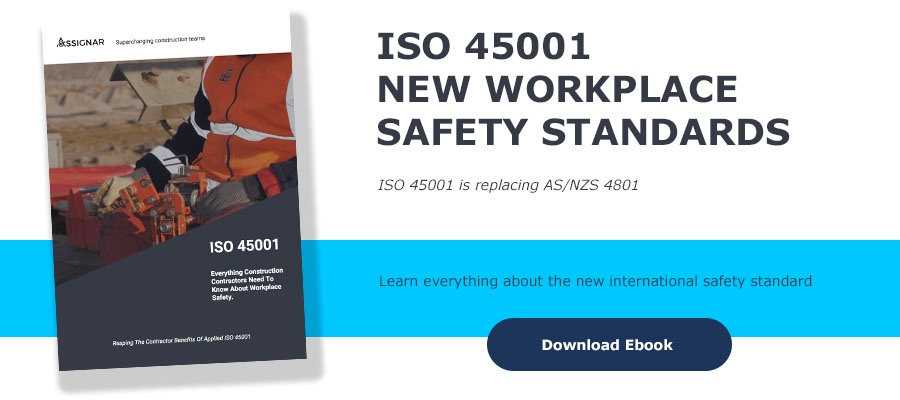The purpose of this update is to keep you informed via short, sharp & relevant insights into the real issues of the day, in the building & construction industry.
Record Growth for Australia: We’re about to land a new world record here in Australia
We’ll soon realise the longest period of economic growth in the modern era. BOOM! Our GDP rose by 0.5% in the second quarter of 2016, and 3.3% in the year to June, according to the latest data from the ABS. That annual figure there ALONE is the fastest growth in four years and nicely tops off 25 recession-free years for the Australian economy. According to UBS economists, our economy is adjusting better than expected in this post-mining boom period. “The residential construction upswing and rising asset prices have lent support, but this is unlikely to be the case in 2017 with the consumer (spending) starting to fade”. The Moody’s rating agency has also said that improving industry conditions have assisted the results of companies within the engineering, real estate, and construction sectors, while the big banks were in neutral territory.
Residential Building Slowing: August 2016
The Ai Group and Housing Industry Association Performance of Construction Index fell 5.0 points to 46.6 points in August, from 51.6 points in July. With a level below 50 points, it indicates activity in the sector is winding down. The biggest mover was house building, which slumped 13.8 points to 41.1 points in August. This is overshadowing the positive growth in the apartment, commercial and engineering construction in the month.Breakdown of the monthly performance by subsector showed that while housing construction activity plunged, levels for the apartment, commercial and engineering construction all expanded at a modest clip. Details were in line with recent data on building approvals and public infrastructure spending.
Construction industry by numbers:
Some of the latest numbers for the Construction industry:
- Building & construction is the third biggest industry in Australia
- It’s considered the foundation for the rest of Australia’s economy
- There are 165,000 electricians in Australia
- There are 124,000 carpenters in Australia
- There are 46,000 painters in Australia
- There are 87,000 plumbers in Australia
- There are 32,000 tilers in Australia
- There are 35,000 concreters in Australia
- There are 34,000 plasterers in Australia
- There are 26,000 carpenters in Australia
- There are 43,000 civil engineers in Australia
- The rate of industrial action is five times higher than the average of all other industries
- Master Builders Australia have estimated at around 30% the extra cost taxpayers incur for the building of infrastructure like schools & hospitals due to lost working days from industrial action
Apartment Oversupply
There’s speculation that a forthcoming oversupply of apartments in Australia will hit Melbourne and Brisbane the hardest from a recent analysis by CLSA. The investment house says, on recent calculation, there’s a potential settlement risk of $16 billion in excess apartments in the two Australian cities, likely to materialise throughout the next two years. What does this mean? A potential trigger for tanking apartment prices. They reckon this will start off with those developments that are excessively geared and will ultimately spread to the upper end of within each market.
Digital Distraction?
Increasingly, the construction industry is being pressured to take on all that the digital revolution has to offer. And none too soon, in our view. The benefits that digital can offer construction are too many to list here (we will keep you posted on these developments each month – we know it’s a biggie). But as a start, here are some practical applications of technology in the construction industry:
- Collaboration between prime contractors & subcontractors, where the former can now access information about the latter for inclusion in a tender, and to include in their accounting system for payment later on.
- Through integrated technology systems, construction companies can track & link estimates & project forecasting: hugely boosting estimating effectiveness & accuracy.
- Electronic document management assists with warranty management and productivity gains. In addition, this enables multiple resources (like people, cash, and machinery) to be better leveraged
- Integrated technology offers competitive advantage as well: for example, incorporating change into a project in real-time
- Better ability to forecast building inputs & produce higher profits on what can be skinny margins
- A startup in the US has developed hardware and cloud-based software to help measure construction workers health & safety, aiming at curbing fatalities
- In the absence of digital adoption, Australia’s construction industry will continue to deploy archaic work practices – at the moment, the cost of which is estimated to be almost double the cost of production in US
Australia Winning on the Construction Sustainability Front
2016 marks the seventh year straight. Australia (and New Zealand) have topped the Global Real Estate Sustainability Benchmark (GRESB). Our latest score is 74 (out of a possible 100). Impressive given the global average is 60. The assessment takes in the environmental, social and corporate governance of companies who participate. This, in turn, provides insight to institutional investors making construction & related industry investment decisions. This year was a record for GRESB where participation in the assessment peaked at 759 real estate companies and funds – representing 66,000 assets and a whopping $3.7 trillion in gross asset value. of the 759 involved, 37 of the organisations were from Australia. Locally, Lendlease topped the charts in two categories: retail (for the Lendlease Sub-Regional Retail Fund) and in commercial (office, private) for it’s Australian Prime Property Fund. The office fun ranked third globally.
On size & scale, yet again, Australia punching above its weight.



